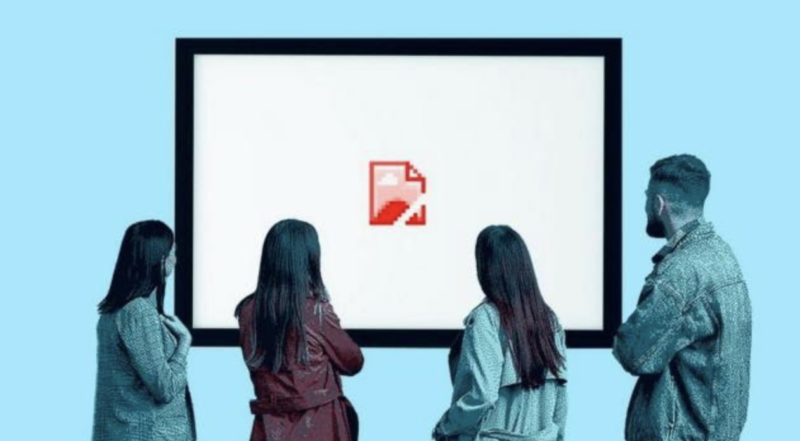Even If You Purchase An NFT, You Are Not The Sole Owner Of It

The word “NFT” is currently being bandied around a lot, and interest in these weird blockchain tokens will only rise in the coming years.
But before you invest even a little amount on an NFT, or “digital collectible,” make sure you understand exactly what you’re getting. It’s probably not what you’re looking for.
NFTs don’t authenticate IP Rights By Design.
NFTs, according to several market participants, can be used to confirm validity. NFTs can verify ownership of a token and the unique history of how that token was created and related to creative work?—?on public blockchains, anybody can view an owner’s wallet address and its associated metadata, as this information is available as a public record. A simple NFT, on the other hand, cannot assist in identifying the creator or owner of an NFT in the physical world, nor can it confirm that the creator of the NFT has the underlying rights to link that NFT to any specific creative work.
Counterfeiting is a problem that has been linked to NFT artworks.
Collectors may be left wondering whether a piece of digital art they purchased for thousands of dollars is a genuine Banksy piece or a copycat. Several platforms employ an old-fashioned approach of manually verifying authors’ identities on their sites to address this problem. SuperRare, for example, requires artists who want to sell their digital work on its platform to fill out an application that includes information like their name, email, artwork selection, social media presence, and so on. By doing so, SuperRare can ensure that collectors obtain authentic art pieces from renowned painters who have the rights to the underlying art.
Combining blockchain technology and creative intellectual property through using a non-fungible token (“NFT”) is becoming more frequent. When an NFT represents artwork, tweets, or other digital property, there are several tales of them being sold for millions of dollars on blockchain marketplaces. We look at the practical intellectual property considerations that can emerge when buying or selling the creative works to which NFTs are associated, in addition to how NFTs are linked to digital media sales.
So, what exactly are you buying?
When you buy an NFT from one of the numerous NFT markets, you’re paying for a token that represents a one-of-a-kind object. In other words, you’re paying for a very small digital record to be sent to your blockchain address (usually only a few bytes in size and carrying a URL or a serial number). It’s as simple as that.
Owning this token lets, you establish that you own a certain item and that the object you own is genuine?—?similar to having a certificate of authenticity.
Unless you sell (or gift) that NFT to someone else, no one else can have it.
NFT sales volume surges to $2.5 bln in 2021 first half | Reuters
Thoughts:
In addition, consumers should be aware that the blockchain cannot guarantee that creative work is genuine. Someone can tokenize another person’s work as an NFT, infringing on the copyright owner’s rights. You must be certain that you are purchasing something that the creator created.
In short, NFTs are very certainly here to stay, although they do present copyright ownership concerns. Most people aren’t aware of this, and you must realize the limitations of what you’re getting for your money.












